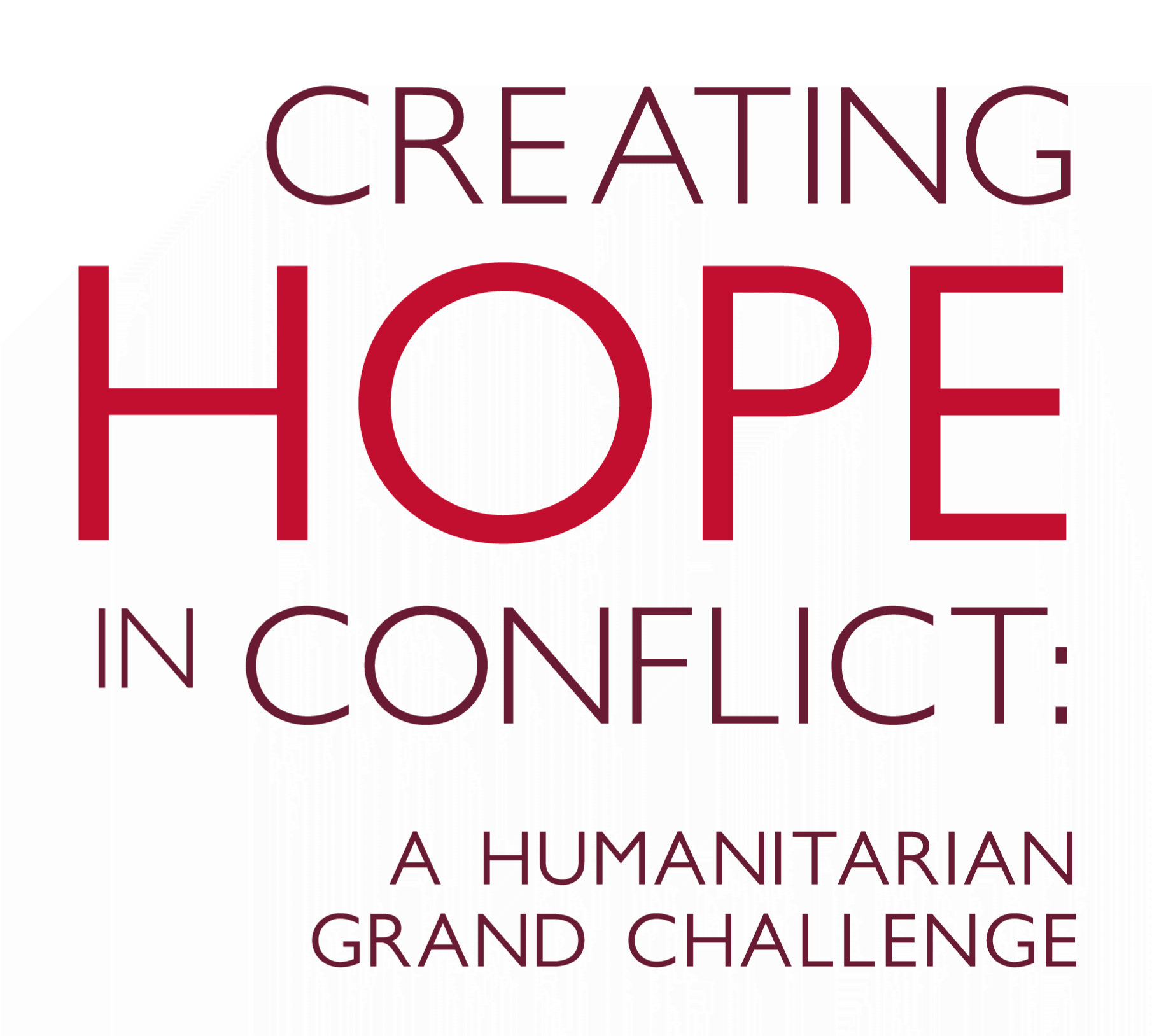By Anahi Ayala Iacucci and Fawad Akbari
Every second, new headlines flash from conflict zones: “#BreakingNews!” But which updates are accurate, and which are designed to mislead or sow discord? This question is increasingly urgent. Misinformation, disinformation, and hate speech (MDH) flood the digital landscape, shaping public opinion, inflaming tensions, and complicating humanitarian efforts. In places like Ukraine, Syria, and Gaza, information warfare unfolds alongside physical conflict, turning social media into a battleground for truth.
Humanitarian organizations in these volatile regions face unprecedented challenges. Misinformation can hinder access to vital resources, disinformation can damage relief efforts, and hate speech can incite violence, risking vulnerable populations even more. Every misleading narrative or fabricated report can escalate conflict, delay aid, or endanger vulnerable population and those providing help.
A recent study by Grand Challenges Canada (GCC) for the Creating Hope in Conflict: A Humanitarian Grand Challenge (CHIC) initiative highlights the complexities of MDH in conflict settings. It reveals a fragmented response system and the urgent need for innovation, collaboration, and locally-driven solutions.
The Growing Threat of MDH in Humanitarian Contexts
Misinformation and disinformation are not new, but their scale and sophistication have surged with social media and artificial intelligence. Conflict zones, already unstable, become more volatile as false information spreads. The study shows that the operational landscape for humanitarian organizations is perilous.
For example, during the 2023 Ukraine conflict, AI-generated content like deepfakes and doctored images manipulated global narratives. Similarly, disinformation campaigns in Gaza escalated tensions and fueled hatred. Fact-checking alone is insufficient because survival is at stake.
Existing Approaches: Fragmented and Reactive
Despite the urgency, the humanitarian sector’s response to MDH has been largely fragmented and reactive. Organizations like the International Committee of the Red Cross (ICRC) and Médecins Sans Frontières (MSF) have tried to combat MDH, but scale of the need outpaces the response and many initiatives are short-term and top-down. Often, the focus is on managing reputational damage or addressing regulatory issues with social media, rather than tackling the root causes of MDH.
A major barrier is the lack of coordination. Donors and organizations often operate in silos, leading to disconnected strategies and duplicated efforts. Funding is frequently tied to general humanitarian or media initiatives rather than specifically to MDH interventions. This fragmented approach limits response scalability and creates an unharmonized operational landscape.
The Path Forward: Collaboration and Community-Led Innovation
To counter MDH, a strategic shift is needed—one that prioritizes local ownership and community-led innovation. Humanitarian organizations must transition from reactive to proactive, preventative approaches that make local actors capable of addressing misinformation and disinformation within their communities.
Locally-driven solutions can be more effective than top-down interventions. Community members are better attuned to local nuances and can often detect MDH early. They need the right tools, training, and support to counter MDH effectively. By partnering with local organizations and investing in grassroots solutions, humanitarian actors can build resilient information ecosystems.
In addition, robust impact evaluation frameworks are needed. Current MDH responses lack clear success metrics, making it challenging to assess effectiveness. The study recommends developing tailored impact measurement systems to track and adapt MDH strategies. A general guiding framework is proposed in the study that could be adopted for local and regional solutions.
Donors play a crucial role in shaping MDH responses. Inconsistent and fragmented funding hinders comprehensive strategies. Donors should establish centralized funding platforms to pool resources and align goals, supporting scalable and sustainable MDH solutions. Projects that emphasize cross-sectoral collaboration—engaging humanitarian organizations, governments, technology companies, and civil society—will foster a unified global response to MDH in conflict settings. In addition, it is critical for funders to carve out specific envelopes of funding ties to measurable MDH outcomes.
Reclaiming the Narrative: Defending Truth in the Face of Conflict
In today’s conflict zones, the battle for truth is as critical as the battle for survival. Humanitarian organizations, already stretched thin by human-made and climate-related disasters, now face the additional burden of combating false information. The stakes are too high to ignore. Misinformation, disinformation, and hate speech are not just nuisances—they are weapons that can disrupt aid, incite violence, and erode trust in aid institutions. We call on the humanitarian community, funders, local and regional actors and media institutions to coordinate their countering MHD efforts, identify, fund, and support local solutions that detect and address MDH digital and community-based risks.
To tackle MDH effectively, the humanitarian sector must embrace innovation, collaboration, and a commitment to empowering local communities. Donors must provide the necessary resources and coordination to ensure scalable and impactful efforts. The time to act is now. Every moment, another false narrative takes root somewhere in the world. The fight against MDH is a fight for truth—and for the lives of the most vulnerable among us.
###
 Commissioned by Creating Hope in Conflict: A Humanitarian Grand Challenge, this scoping study reveals how misinformation, disinformation, and hate speech fuel conflict and disrupt humanitarian efforts. It highlights the urgent need for innovative, community-driven solutions to counter these growing threats in conflict zones. Read the full report here.
Commissioned by Creating Hope in Conflict: A Humanitarian Grand Challenge, this scoping study reveals how misinformation, disinformation, and hate speech fuel conflict and disrupt humanitarian efforts. It highlights the urgent need for innovative, community-driven solutions to counter these growing threats in conflict zones. Read the full report here.
